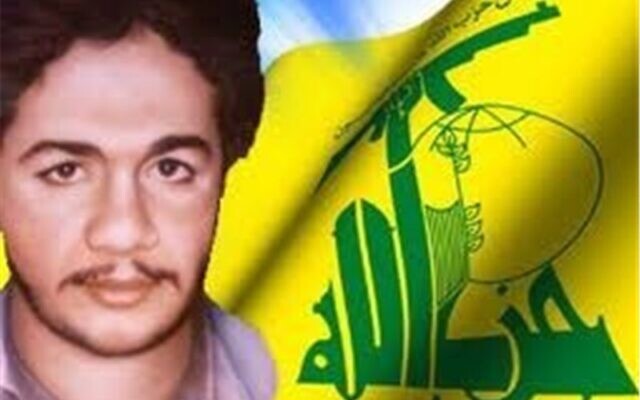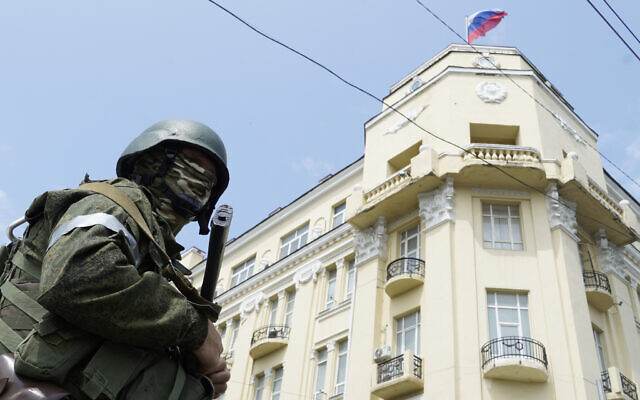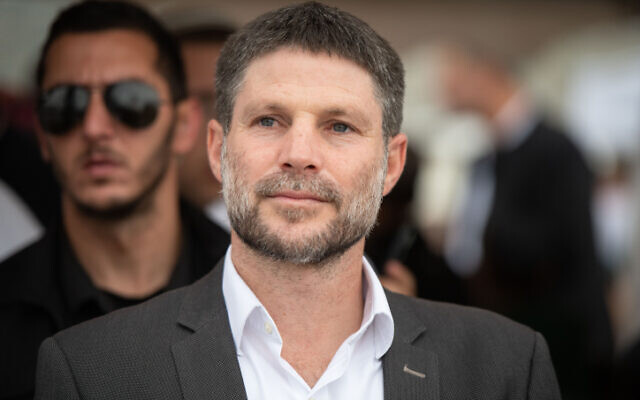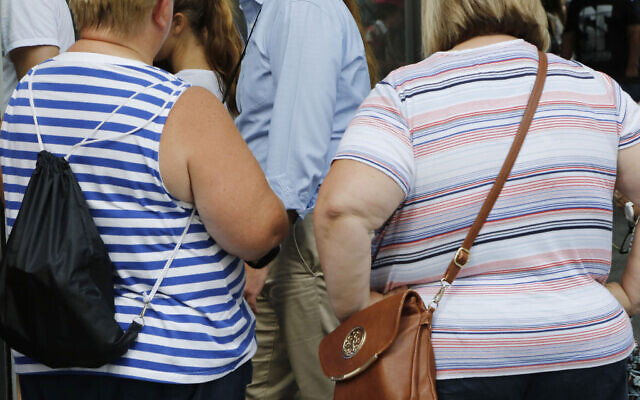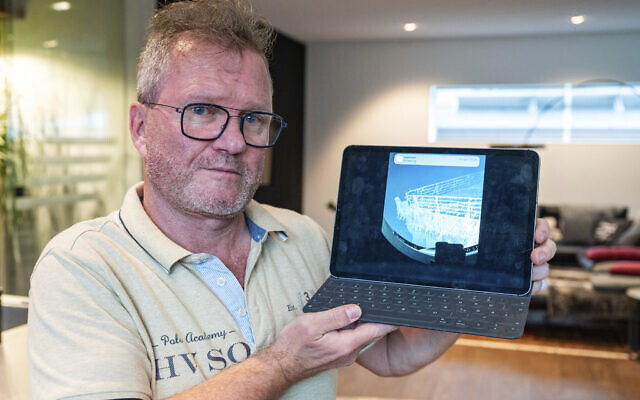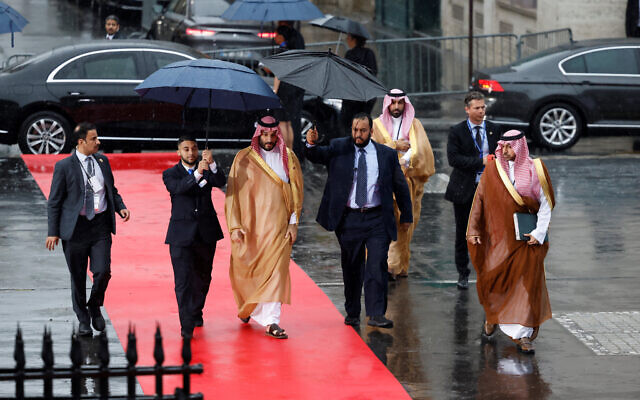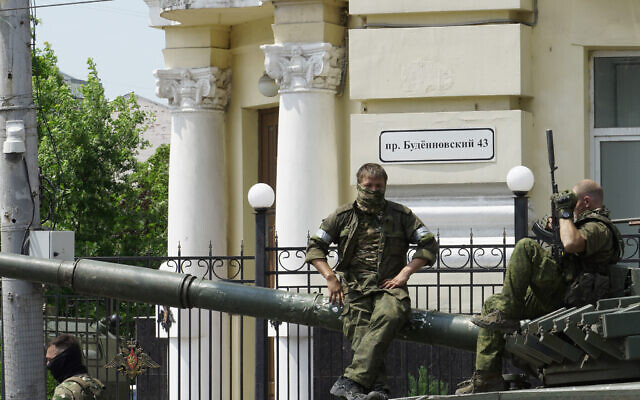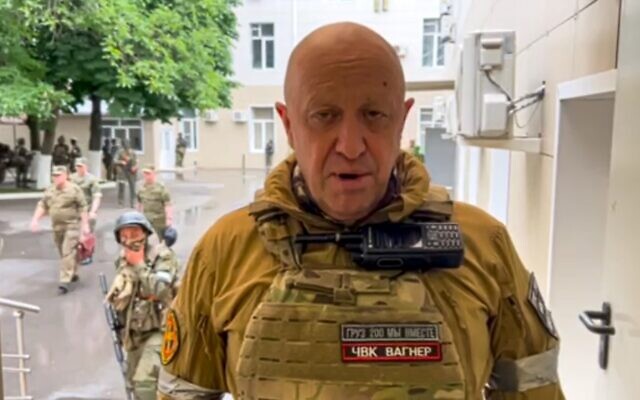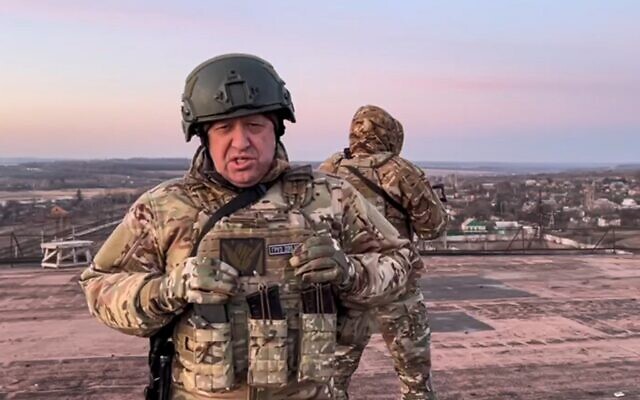Israel reopens probe into deadly 1982 blast at army headquarters during Lebanon war
Explosion that killed 91 in Tyre is widely believed to have been a suicide bombing by Hezbollah terror group; officials have so far said it was a gas leak
Emanuel (Mannie) Fabian is The Times of Israel's military correspondent.
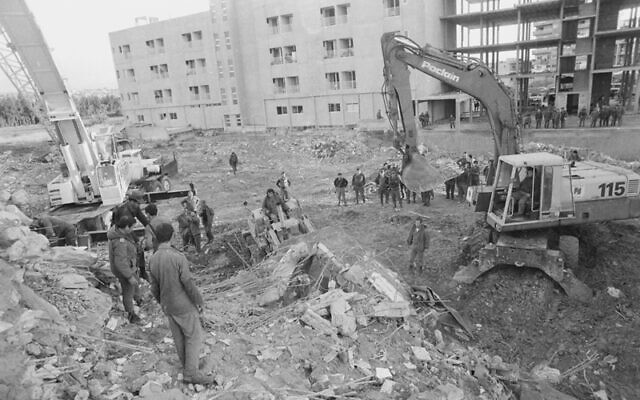
Israeli authorities on Thursday announced they would reinvestigate materials related to a deadly explosion at Israel’s military headquarters in Tyre during the First Lebanon War in 1982, widely believed to have been a suicide bombing.
In a joint statement by the Israel Defense Forces, Shin Bet security agency, and Israel Police, officials said a joint team would be established to examine the incident known as the first Tyre bombing.
Officially, Israel has said the explosion on November 11, 1982, was caused by a gas leak, although multiple reports have suggested it was a Hezbollah suicide bombing attack.
The Iran-backed Hezbollah terror group claimed responsibility for the explosion, identifying the suicide bomber as 17-year-old Ahmad Qasir. A small monument was erected in honor of Qasir near Baalbek, in eastern Lebanon.
The explosion killed at least 91 people according to Israeli officials, including 75 members of Israeli security forces, and several more Lebanese and Palestinian prisoners.
Officials said the case was being reopened “out of respect for the fallen and the search for the truth,” as last week marked 40 years since the blast.
The joint statement said the joint team would use “modern technologies that did not exist at the time” to investigate the incident.
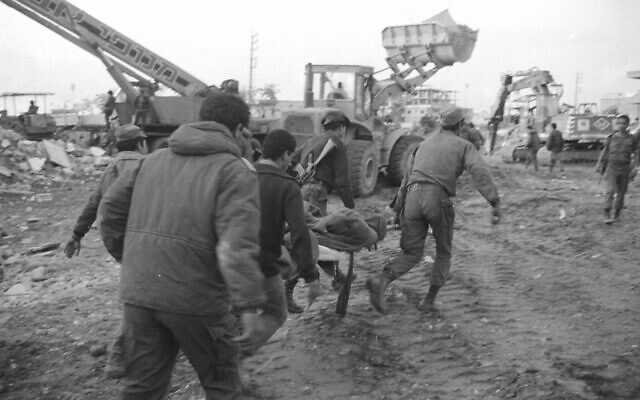
Mossad historian Ronen Bergman, in a 2007 book on Israel’s shadow war with Iran, said three witnesses saw a Peugeot apparently driven by Qasir speed into the IDF building moments before the explosion.
The book said Military Police investigators found a leg that did not belong to any of the bodies of the victims, as well as the engine of the Peugeot buried under the wreckage of the building. The engine was identified as having been acquired in Lebanon, and was not of IDF use, according to Bergman.
Additionally, Bergman said an affidavit by a Shin Bet man who served in Lebanon at the time stated that after the 1982 Tyre blast, he received a detailed intelligence report containing a full description of the Hezbollah preparations for the suicide bombing.
The affidavit also stated that the Shin Bet top brass ordered the report be discarded and not discussed again, according to Bergman.
Defense Minister Benny Gantz on Thursday welcomed the move to investigate the incident, saying it was a “clear message about our commitment to the bereaved families.”
Almost a year after the blast on November 4, 1983, a similar bombing targeted the IDF base in Tyre, killing 28 Israelis and 32 Lebanese prisoners. Israel has confirmed the second blast was a suicide bombing by Hezbollah.

